Candidates Running For The 42nd Assembly District Face Off In Debate Before Next Week’s Primary

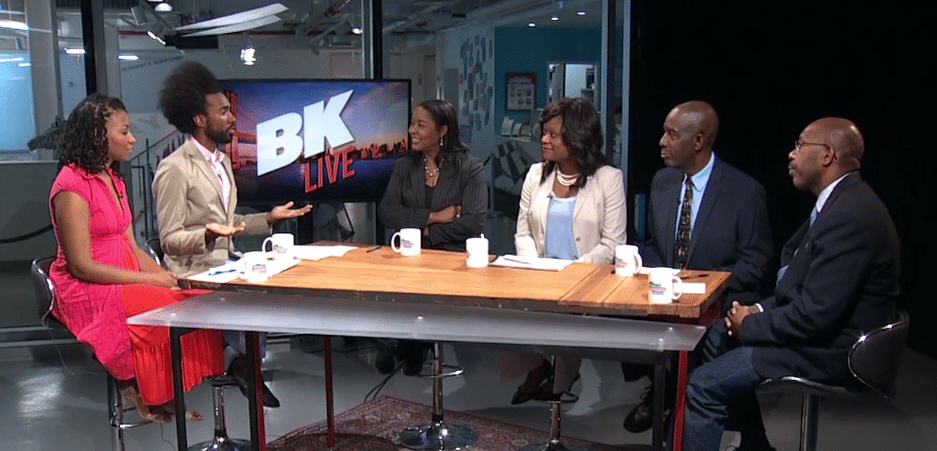
Over the holiday weekend, we were able to watch the political debate that Brooklyn Independent Media aired last week with the candidates running for the 42nd Assembly District (which covers Ditmas Park, Midwood, and Flatbush): Michele Adolphe, Rodneyse Bichotte, Victor Jordan, and L. Rickie Tulloch. (Mark Lieberman, previously a candidate, was kicked off the ballot after his petition signatures were challenged in August.)
The four Assembly hopefuls are vying to replace Assemblywoman Rhoda Jacobs, who is retiring after more than 36 years in office. The sometimes contentious hour-long debate, which you can watch here, addressed a variety of topics, including affordable housing, education, and quality of life issues in the district – and, with exactly one week to go before the September 9 primary, candidates put on a good show of political theater, often verbally sparring with one another.
Hosted by Brooklyn Independent Media’s Manolia Charlotin and Brian Vines, candidates were first asked to address what they thought about the 80/20 program – which is sponsored by the state Housing Finance Agency, the city Housing Development Corporation, and the city Department of Housing Preservation and Development and which uses tax-exempt bonds to create affordable housing for low-income tenants. In exchange for low-cost financing, developers agree to set aside 20 percent of apartment units for low-income residents earning no more than 50 percent of the area median income.
As part of the same question, candidates were also asked if they would completely scrap, or just reform, what is known as the 421-a property tax exemption program – which was set up during the 1970s recession to incentivize development at a time when residents were fleeing the city. As part of the program, developers were offered a tax abatement allowing them to pay real estate taxes on the assessed value of the land before construction for 10 to 25 years, depending on the project. At that time, affordable housing did not have to be built to receive the abatement.
However, buildings between 14th and 96th streets in Manhattan were excluded from this program, and developers were only able to get the 421-a tax abatement if they built affordable housing – including the 80/20 projects. (This, then, saved developers big bucks – often saving them millions in taxes with the 421-a program and allowing them to borrow money at incredibly low rates as part of the 80/20 program.)
At that time, developers didn’t have to build their promised affordable housing in the same building and could instead construct it elsewhere – often outside of Manhattan. This led to major criticism of the program, and, in 2008, it was revised so portions of Brooklyn and Queens also became part of this excluded zone – meaning the developer would have to build affordable housing if they wanted to land the 421-a tax abatement.
Each of the candidates said they would rework the 421-a program, instead of eliminating it completely.
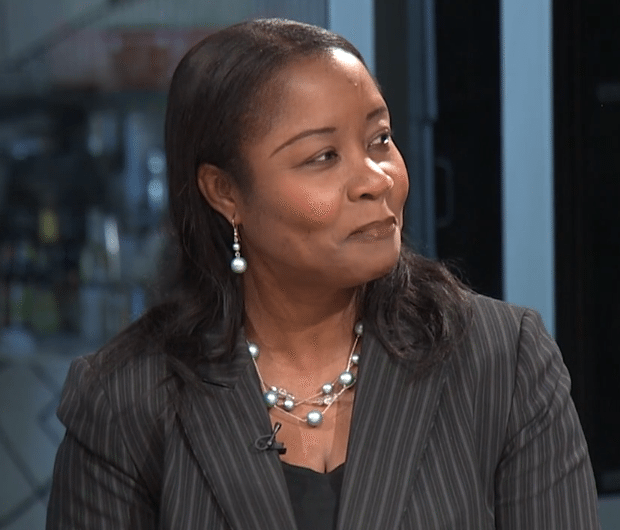
“We need to look at the net income families are bringing home – what is affordable for the entire city may not be for the 42nd,” Adolphe said. “…We need to re-negotiate what we call affordable housing for my district.
“We need developers to to know – if you build houses and you don’t follow the (affordable housing) rules, then there’ll be severe penalties… Now we have developments going up on Flatbush Avenue – you know how much a one-bedroom is going to be? $1,500, $2,000. Who can afford that in the neighborhood? They’re pushing people out.
Noting that she has sat on the board of Habitat for Humanity, Bichotte said while the “421 tax abatement gives developers incentives to open their housing to affordable housing…I look to change that, to enhance that, to reform that because New York City, with its cost of living, many of the constituents and residents cannot afford what is considered affordable housing.”
“The 80/20 rule is not enough,” Bichotte continued. “I’d partner with the mayor on the city level, as he’s broadening the affordable housing initiative and promoting $200,000 new units in the city – I’d be part of finding a formula that works for low-income families and middle-class families. I’d propose a 65/35 breakdown.”
Jordan too stressed that a lack of affordable housing has become a crisis in the district.
“If you’re paying more than 30 percent of your income in rent, that is too high,” he said.
A recent study by city Comptroller Scott Stringer reported that in 2000, city renters earning between $20,000 and $40,000 in inflation-adjusted dollars were dedicating an average of 33 percent of their income to rental costs – 12 years later, that average jumped to 41 percent.
“Our district is going through a transition – it’s become a landlord’s market,” Jordan continued. “…I’m for building affordable housing. It takes a while to build affordable housing, but in the short-term, you have tenants who are experiencing distress and problems trying to make the rent that’s due.”
Tulloch said he would fight to “tie affordability to the poverty rate” when discussing 421-a reform in Albany.“By doing that, we’re able to allow a lot more folks within the community to get that housing,” he said.
Additionally, Tulloch said he would sponsor legislation to require that 20 percent of a new development be slated for low-income renters and 30 percent for middle-income families.
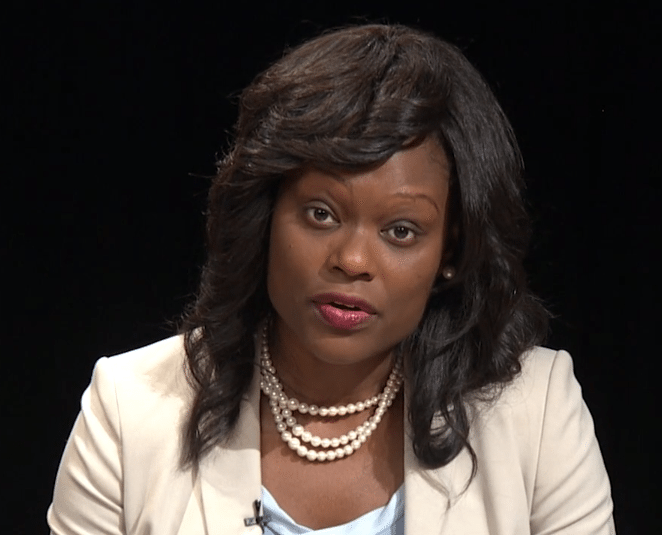
When asked how they would allocate resources to underperforming schools, Bichotte said that, “as a former public school teacher, I understand the challenges many schools are faced with.”
“Very often, the schools in districts like the 42nd are ignored because we don’t have a strong level of advocacy who’ll be at the table to allocate resources,” Bichotte, who previously taught math, continued. “I have already started partnering with city elected officials, like Mayor de Blasio in universal pre-K. I am that person who has gone to lobby with Councilman David Greenfield, fighting to make sure there’s funding for special need students.”
Adolphe, who also taught in public schools and founded the Brooklyn Institute for Children (an early childhood development center), accused Bichotte of downplaying the schools in the 42nd District, saying “we have the best education system – we have one of the best high schools, Midwood High School.”“The problem is population change – we need more space in the district,” Adolphe continued. “…The district, we’re doing very well. I’m looking forward to continuing the work of my predecessor and expanding on it.”
Additionally, Adolphe said that New York needs to create universal kindergarten – right now, New York is one of five states that doesn’t make kindergarten mandatory.
In response, Bichotte said, “Ms. Adolphe, apparently you haven’t done your homework.”
“Our district has multiple school districts, one of which is the lowest performing – District 17, ” Bichotte said. “…There are things that need to be changed in terms of the right teachers, the right curriculum that’d be conducive to our district.”
Adolphe said, “Ms. Bichotte, you need to learn the district since you’re not from here.”
Adolphe’s quip made Bichotte quickly note that she “went to PS 198 and JHS 240.”
Meanwhile, Jordan, who taught math at Erasmus Hall High School, said “the problem in New York state is the allocation of resources.”
“We tend not to allocate resources based on need, but based on politics,” Jordan said. “The reason why we don’t have any real change over the years is because you have people elected who are just part of the political machinery, and they’re beholden to people who financed their campaigns. When they get (to Albany), they have to follow some party line. I’m an outsider… I will push, beholden to no one, for the allocation of resources based on need, not based on political influence and power.”
Tulloch went on to say that he, too, would focus on allocating funding to the city and the 42nd AD.
“When we talk about education, we also have to talk about funding for tertiary institutions,” he said.
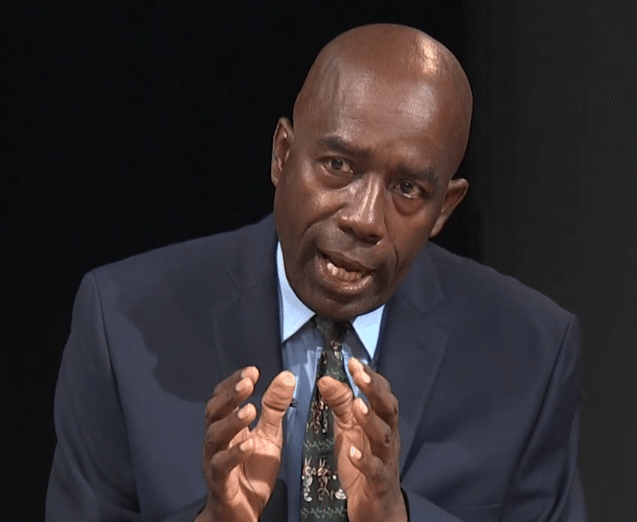
When asked what the top three quality of life issues were in the district, Jordan said the “key” one was affordable housing for seniors and families.
“Second, the safety issue – for as long as I can remember, we’ve always had a problem with teenage gangs and shootings,” Jordan said. “We need to look at that differently. My approach is to address that issue of violence as something that should be addressed in the school curriculum.”
Lastly, Jordan said he’s “troubled by the issue of veterans.”
“The fact that we have veterans hospitals in New York state that have veterans waiting 90 days for medical care after they’ve survived a war is something that concerns me,” he said.
Adolphe cited reinstating the B23 bus route on Cortelyou Road.
“We have a lot of seniors there – we need to resume that in my district,” Adolphe said. “We need to take better care of the seniors. We need resources for after school program.s – instead of gang violence, kids will have a place to go.”
She also stressed the need for vocational programs and veterans services.
Bichotte cited her top three issues as education, affordable housing, and economic development.
“We have a lot of immigrants, dreamers who can’t continue on to higher education,” Bichotte said. “Affordable housing – if you don’t have stability in your home, everything else is off…. Lastly, economic development – joibs, jobs, jobs is the number one crisis. People can’t afford anything because there’s no jobs.”
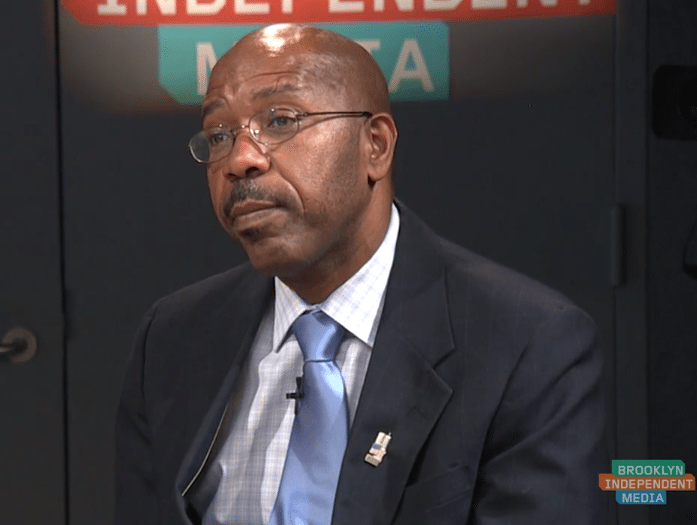
Tulloch said his top three quality of life issues are job creation, ensuring education is affordable, and policing.
“I’d expand the job subsidy programs to allow local businesses to hire from within – hire students and folks and train them to do those jobs,” he said. “…We have to allow our residents to get to know our beat cops so we don’t have incidents that occurred in Ferguson, that occurred in Staten Island.”
When asked how a candidate would navigate the needs of constituents and colleagues to serve the district, Jordan said he lived in Albany during law school and has “a relationship with many of the legislators in the area.”
“I think I’d be more able to build bridges than someone with no contact with upstate,” he said.
Adolphe said she would invite legislators from outside the area to tour the district.
“You have to form a coalition with everyone,” she said. “As a freshman, you have limited resources, limited power. I’ve built businesses in Brooklyn. I know I can build relationships.”
Adolphe also stressed that she would want to work with Jacobs.
“You have to work with your former Assembly member who’s been there for 36 years,” she said. “She’s experienced. I’m looking to expand on Rhoda’s tradition.”
Bichotte said she has formed strong relationships with legislators and civic leaders as the Democratic district leader over the past three and a half years.
“I already have a strong coalition with all the elected officials in New York,” said Bichotte, who has landed endorsements from such electeds as Mayor Bill de Blasio, Comptroller Scott Stringer, and Public Advocate Letitia James. “…I plan to broaden that relationship across the state of New York to make things happen.”
Tulloch, meanwhile, stressed that he is the candidate who Jacobs has endorsed.
“Not only will I be leaning on those coalitions that (Jacobs) has built, I’ll build my own,” he said. “I step in from day one ready to go and ready to represent the area and the state. I believe that one of the first things I’ll try to be on is the budget committee.”
We’d love to hear your thoughts on this race – have you spoken to the candidates? Have you been following the campaign? Do you plan to vote? For you, what are the top issues in the district?
Images via Brooklyn Independent Media




